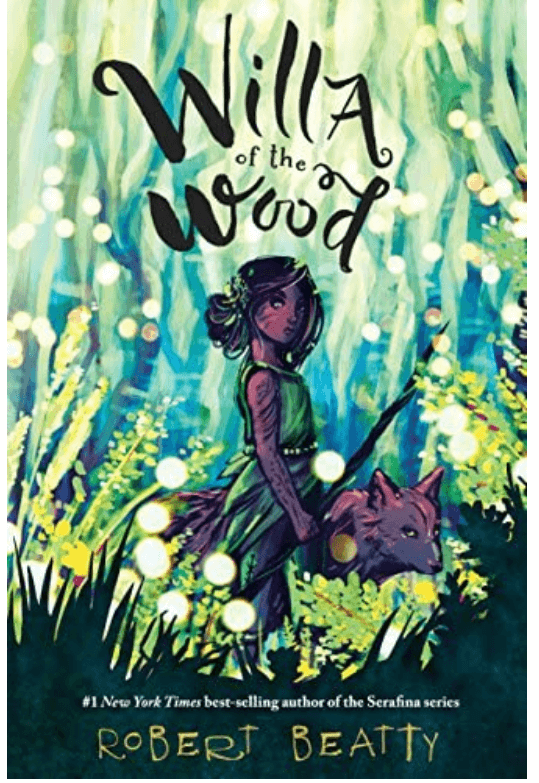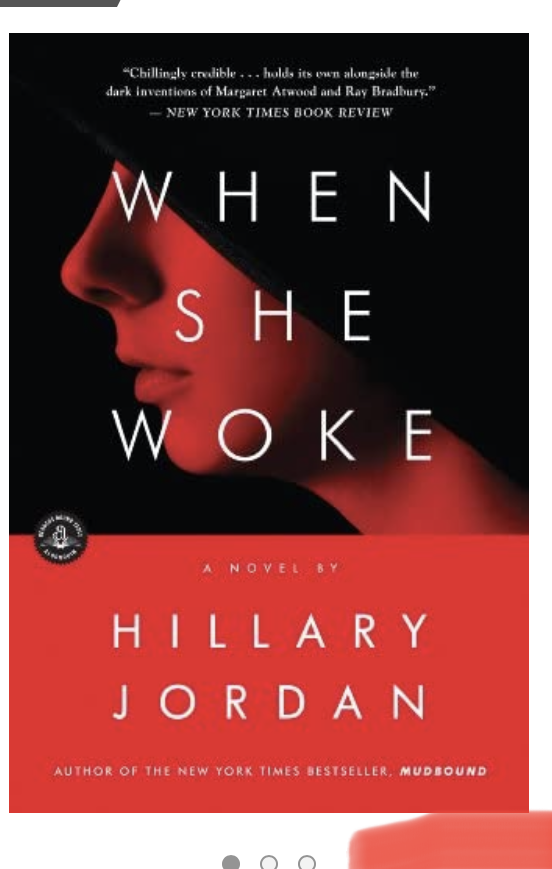The Brontës and their lives have been, if anything, hugely overanalyzed ever since their first works were published under pseudonyms and speculations about their identities began to circulate. Their pioneering books, which are still studied extensively today, and their strange, solitary, and eventually tragic lives have been adapted in so many forms that the real elements of their stories have often been overlooked.
So although Harman’s more recent biography does draw, as the cover claims, on some letters “unavailable to previous biographers,” much of it covers territory that countless biographers, novelists, and filmmakers have already visited. But this is not at all a negative aspect. Charlotte Brontë: A Fiery Heart is still a new and refreshingly broad take on a fascinating historical figure. Indeed, it covers topics with a uniquely creative pen, making it a very comprehensive read for anyone who wishes to learn about the lives of Charlotte and her sisters. Perhaps it’s not the read for scholars of this subject, but it is certainly absorbing for anyone else.
Reading the book, one is struck by how well-planned it is. So many biographies dive heartily into details which may be interesting to the author but are certainly not so fascinating to their audience. Harman does not bog us down in miniscule details, but then neither does she sweep too broadly over any part of their lives.
Every chapter brings us further into Charlotte’s story, with each one concisely addressing a stage of her life, which was the perfect length for keeping interest. Harman gave this biography a novelistic scope: the author often lets her imagination run wild, even speculating that Charlotte may have been a consumer of opium, which in my mind went a little too far. But she draws from real evidence to reach any such conclusions, and the book benefits from this more personal take, as it brings us closer to Charlotte’s emotions as well as her working life.
The book also focuses more widely on the entire Brontë family, which was very useful, both as someone who is not solely interested in Charlotte’s life, and from a more general point of view. Their inclusion helps provide insight into Charlotte’s unusual circumstances and the inspirations for her books—especially since the family worked together and lived so closely. Emily, Anne, Branwell, and their elusive father Patrick are also fascinating characters whose influence has been neglected in other biographies.
Speaking of wider lenses, the book’s first chapter focuses on the Brontës before Charlotte’s birth, setting the scene, as it were, for the chapter set in the aftermath of her death. We are also privy to a “sneak peek” at her life from the prologue, in which we see her as a young Lady in Brussels, tormented, like her most famous characters, with unrequited love. Here Harman again demonstrates her almost sensational writing style. Wherever there is possible drama, it does not go neglected!
It reminds one occasionally of a BBC documentary—it’s based on facts, but features bonus imagined moments that could have happened, but probably didn’t, acted out in period costumes with added drama and music. But this was how the author kept me engaged, and she does it admirably. This approach manages to entertain and inform at once. It also allows us a precious glimpse into the mind not only of Charlotte, but also of Harman herself, and how she came to these conclusions. And it’s hard not to want to be privy to contemporary gossip surrounding poor Charlotte’s love life, Branwell’s hopeless affairs, Charlotte’s many struggles with herself and her family and the strange, lonely house they all inhabited.
The Brontë sisters, with their deceased mother, their stern father, their addict brother and their untimely deaths due to tuberculosis, faced a lot of trouble in their lives. Harman manages to very respectfully and clearly acknowledge that without shoving their trauma down anyone’s throat. Instead, we are shown all of their lives, the highlights and the lowlights, in this stunning portrait not of a just victim but of a very human and very talented author.
The book features a wide bibliography and an extremely comprehensive and helpful index—the kind all biographies should have! More images would have been greatly appreciated given photos are such a useful anchor in nonfiction. Even this is hard to fault, however, the few pictures which are provided having been chosen so carefully as to encompass every stage of her life.
Charlotte Brontë, the title tells us, had a fiery heart—and so does this book. It is spirited, clear, and yet as delicate and plotted as the confines of nonfiction allow. “You are human and fallible,” Jane Eyre tells Mr. Rochester in Charlotte’s most enduring novel. So are we all, and so indeed was Charlotte herself, as this biography shows us more than anything. But since, as the savvy Jane also tells us, “The eagerness of a listener quickens the tongue of a narrator,” this also makes for an absorbing and inspiring read. Highly recommended.
Leela Kingsnorth is sixteen and lives in the countryside of County Galway. She primarily writes historical fiction. She has been published in a supplement to the Irish Times and Paper Lanterns Magazine, and was the first place winner of the LuneSpark international short story contest. She is currently working on a fantasy novel. She is an Orthodox Christian.


